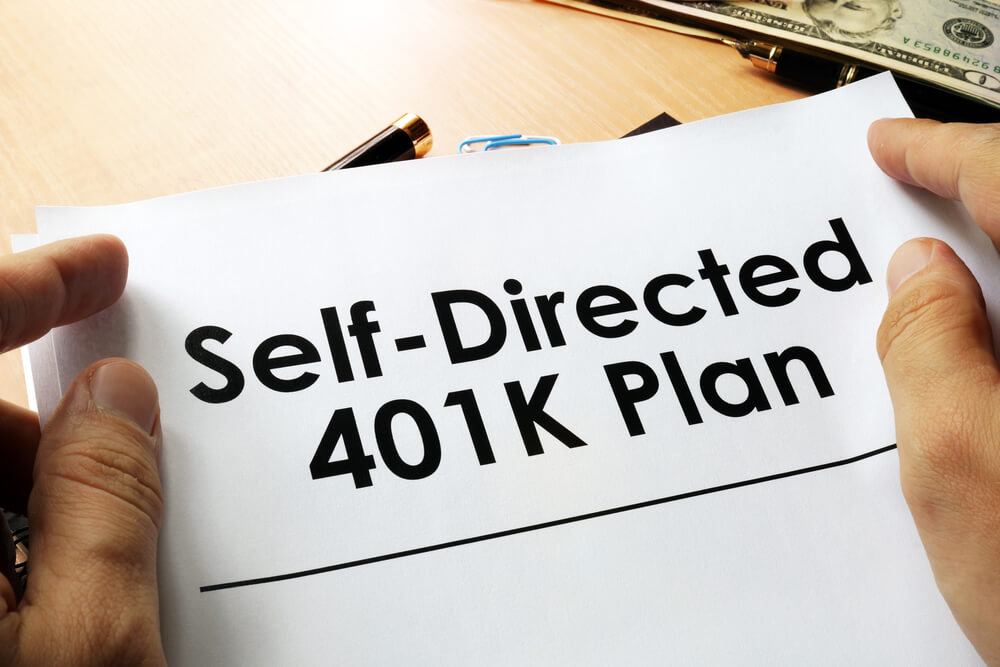Business
Here’s how to use a self-directed IRA to loan money and maximize returns
Did you know that you can use your IRA for private lending and to enhance your returns?

Most people assume or believe that IRA investments are limited to stocks and bonds but that’s not true. IRAs can be used to invest in a wide variety of investments including real estate, mortgages, private placements, limited partnerships, private lending and many other types of investments. So how can you use an IRA for private lending and enhance your returns? There’s not much you need to do—simply set up a self-directed IRA, vest the note for private lending, sign custodian agreements to gain checkbook-control, close the transaction and coordinate with the loan service to send payments.
Making private loans with an IRA
Private lending using an IRA can be done by purchasing a secured or unsecured promissory note, mortgages, or deeds of trusts. A small lender who makes a loan and needs to recover the money lets an investor use liquid assets or cash in a self-directed IRA to purchase the promissory notes along with payments. In such a situation the lender is lenient and often willing to sell the note for less so the IRA holder receives both the interest and a certain amount of principal as well.
One more lucrative option to lend money to an organization using a promissory note is with collateral where the collateral is the company’s stock. The risk with this secured note is that the value of the collateral is directly impacted by the success or the failure of the company that has issued the note.

IRA investments aren’t just limited to stock and bonds. (Photo by DepositPhotos)
Other investment options for private lending include:
-
Bridging loans to companies that seek debt finance
-
Residential and commercial mortgages
-
Equity participation loans
-
Equipment financing
-
Automobile loans
-
Microloans for small businesses
-
Personal loans
-
Non-performing notes
-
Debt-financed loans
Your self-directed IRA also lets you set your own origination fees and rate of return while letting you turn your retirement nest egg into a bank. Marketplace lending is another great way to do private lending using a self-directed IRA.
The upsides of using a self-directed IRA as a lending institution
-
Improves the potential of your retirement reserve
-
All the gains are tax-free
-
The returns are excellent
-
The potential for future profits is maximum
When loaning your retirement funds for a mortgage, you get to secure the loan using the same property so even if the mortgage defaults, you get possession of the property which can then be sold or given on lease. Additionally, all your gains are completely tax-free if you are leveraging a self-directed IRA. However, before using a self-directed IRA for private lending be sure to consult a financial advisor and ensure the investment gives you excellent returns.
(Featured image by DepositPhotos)
—
DISCLAIMER: This article expresses my own ideas and opinions. Any information I have shared are from sources that I believe to be reliable and accurate. I did not receive any financial compensation for writing this post, nor do I own any shares in any company I’ve mentioned. I encourage any reader to do their own diligent research first before making any investment decisions.

-

 Fintech5 days ago
Fintech5 days agoMuzinich and Nao Partner to Open Private Credit Fund to Retail Investors
-

 Crowdfunding2 weeks ago
Crowdfunding2 weeks agoSwitzerland’s Crowdfunding Market Remains Stable – Without Growth
-

 Crypto9 hours ago
Crypto9 hours agoBitcoin Traders on DEXs Brace for Downturn Despite Price Rally
-

 Business1 week ago
Business1 week agoDebt-Fueled Markets, Zombie Corporations, and the Coming Reckoning

























You must be logged in to post a comment Login